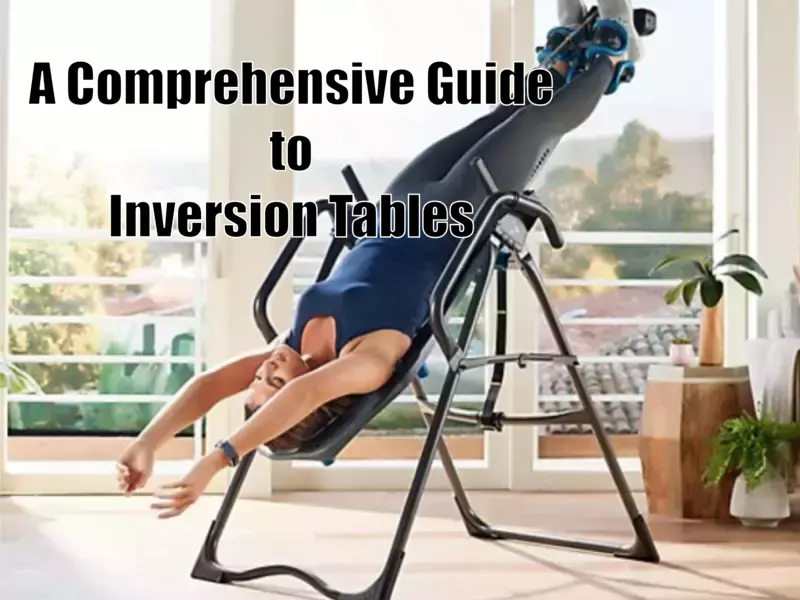Introduction
Inversion tables offer a unique approach to alleviating back tension, but their usage requires careful consideration and expert advice. Let’s delve into the fascinating world of inversion therapy.
Ancient Wisdom Meets Modern Science
Unveiling the historical roots of inversion therapy, dating back to 400 BC, and how it has evolved into a gravity-assisted traction exercise utilized by medical experts today.
Understanding the Mechanics
Delving into the intricate design of our body, particularly the spine and discs, and how inversion tables strategically target stress relief and back pain.
Gradual Inversion: A Step-by-Step Guide
Guidance on the recommended progression from 20-30 degrees to a full 90-degree inversion, ensuring a safe and effective experience for users.
Locked at 90 Degrees: Unleashing Full Inversion
Exploring the benefits of full inversion, the role of adjustable roller hinges, and the versatility it offers for exercises like sit-ups, squats, and inverted crunches.
Exercise Caution: Listening to Your Body
A crucial reminder to avoid overexertion and the importance of heeding warning signs. If pain persists, seeking medical advice is paramount.
Tether Straps and Controlled Movements
Understanding how your arm movements control the inversion table and the significance of tether straps in securing your ankles during the inversion process.
Maintenance and Warranty
Insights into the durability of inversion tables, the standard five-year warranty, and additional perks like free shipping from reputable companies.
Enhancing Support: Gravity Boots Integration
Exploring the option of using gravity boots in conjunction with inversion tables to provide added ankle support during exercises.
Market Options: Finding the Right Fit
A comprehensive look at the diverse range of inversion tables in the market, considering factors like cost, starting range, and recommendations from healthcare professionals.
Expert Recommendations: The Doctors’ Verdict
Highlighting the endorsement of inversion tables by medical professionals, especially for individuals experiencing back pain and related issues.
Frequently Asked Questions (FAQs)
Are inversion tables suitable for everyone?
Absolutely not. It’s essential to consult with a healthcare professional before considering inversion therapy, especially if you have pre-existing health conditions.
Can I use inversion tables at home?
Yes, many inversion tables are designed for home use. However, it’s crucial to follow the guidelines and ensure you have enough space for safe operation.
How long should each inversion session last?
The duration of an inversion session varies, but starting with short sessions, around 1 to 2 minutes, is advisable. Over time, you can gradually increase the duration as your body adapts.
Can inversion tables help with posture improvement?
While inversion tables primarily focus on back relief, some users report improvements in posture. However, it’s not a guaranteed outcome, and individual results may vary.
Are there any risks associated with inversion therapy?
Inversion therapy comes with certain risks, especially if not done correctly. It’s crucial to be aware of contraindications and potential side effects. If in doubt, consult with a healthcare professional.
Conclusion
Inversion tables have emerged as valuable tools for back health, blending ancient wisdom with modern technology. By following expert advice, users can harness the therapeutic benefits while prioritizing safety.
